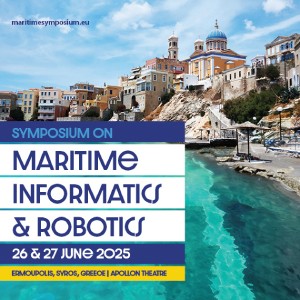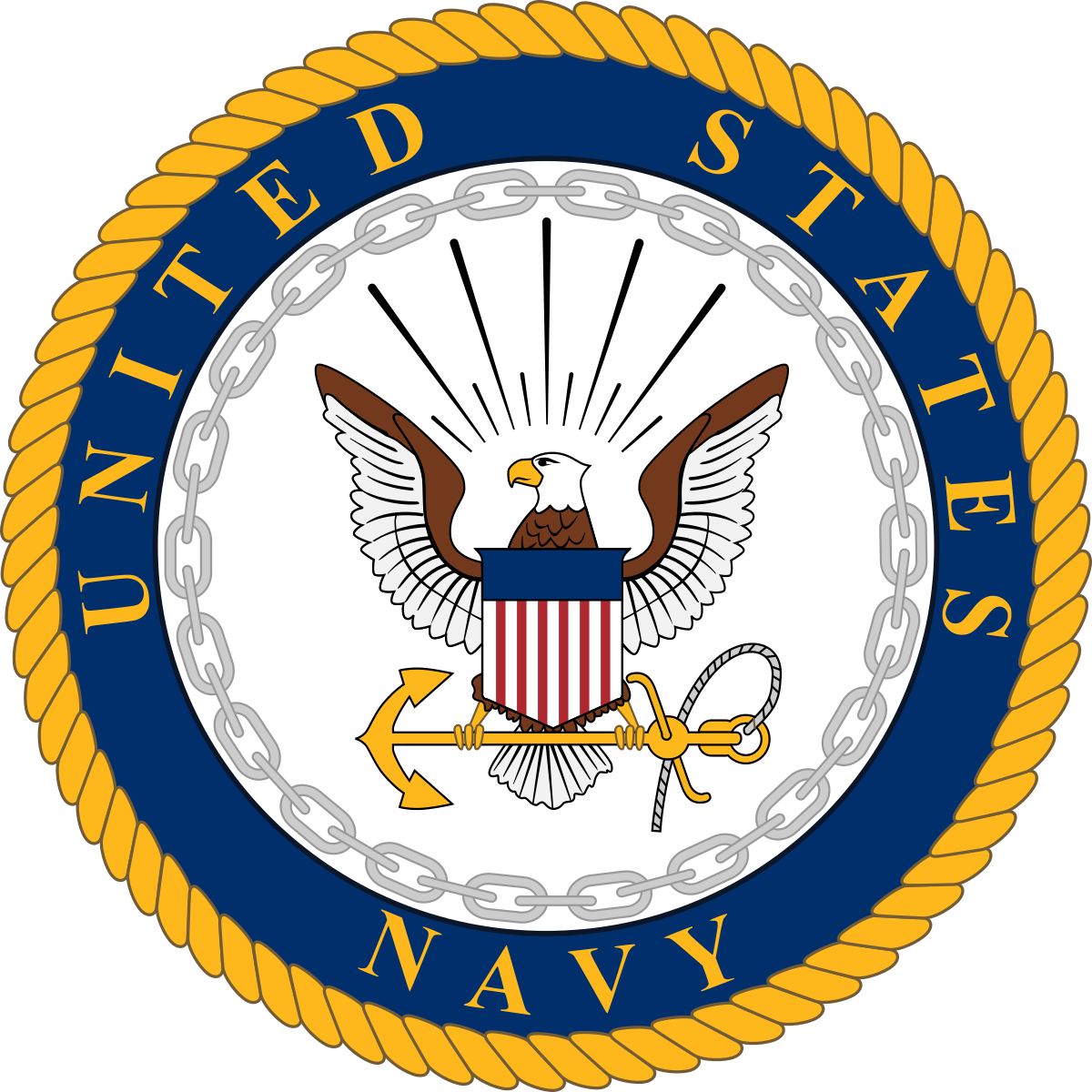Seasats partnered with MAHI for US Navy trials

🎯 Belgian startup MAHI, developer of marine autonomy solutions, supplied its camera-based vessel detection algorithm to the US-based startup Seasats’s USV X3 involved in the US Navy Task Force 59 Digital Horizon exercise held recently in Bahrain. Digital Horizon was aimed to advance the US Navy 5th Fleet’s efforts to integrate new unmanned technologies while establishing the world’s first unmanned surface vessel fleet by the end of next summer.
📦 The camera-based detection algorithm, delivered to Seasats, is part of the larger MAHI Sense solution. The hardware-enabled MAHI Sense is able to process & fuse radar, AIS and camera streams for reliable situational awareness.
🎤 Mike Flanigan, CEO of Seasats, commented: “At the US Navy’s Task Force 59 Digital Horizon exercise, the MAHI team delivered a maritime domain-specific computer vision solution that filled a crucial need for us. Thanks to MAHI’s plug-and-play software, we were able to tie it into our existing systems and validate it in a matter of weeks.”
🎤 Pieter-Jan Note, CEO of MAHI, said “The US Navy’s Digital Horizon exercise presented itself as an exciting opportunity for MAHI and Seasats to work together on the next generation of unmanned surface vessels. We deployed our best-in-class camera-based vessel detection software on Seasats’ X3 onboard computer. We were pleased to hear that we exceeded Seasats’ expectations in terms of performance and turnaround time, outperforming other solutions.”
🌱MAHI was started by the team behind the world’s first crossing of the Atlantic Ocean by an autonomous surface vessel powered purely by sunlight. The vessel traveled 8000km from Spain to Martinique and spent 6 months at sea collecting ocean data. Now, MAHI is delivering turnkey, reliable and scalable situational awareness and collision avoidance for unmanned and manned vessels to increase operational efficiency and safety.
⚙️ Camera-based object detection specifications:
🔹 Detection range – beyond 2 km (depending on camera height & obstacle size)
🔹 Reliable small object detection capability – 0.4% relative to image width
🔹 Inference speed – 10 fps
🔹 Power consumption – less than 20W
📃 Source: MAHI
📷 Photo: MAHI
Recent updates
Lockheed Martin and HavocAI partner for navy mUSVs
MASSworld News reporter talks with Rachael O'Connor about MAS10’s High-Resolution W-band Radar
MASSworld News reporter talks with Dharmesh Gala about ISACA's Autonomous Navigation Advancements.
Ocean Power Technologies gets patent for offshore USV charging technology
GOSL Nigeria enhances Offshore Survey Capabilities with HydroSurv REAV-47
Research Vessel "NOVA" deploys Torqeedo’s Electric System for Inland Shipping Advancement
Kongsberg Maritime and Partners launch Remote DP Operations Pilot
BLRT REPAIR YARDS deploys cleaning USV
The Flemish hydrography receives 3m USV system
Eastern Pacific Shipping and Avikus Sign Retrofit Deal for AI-Based Autonomous Navigation


